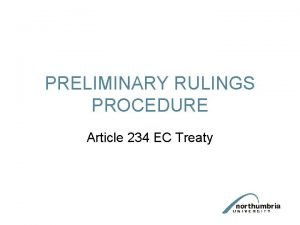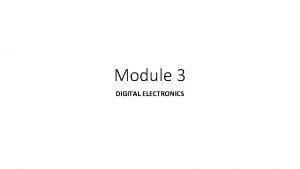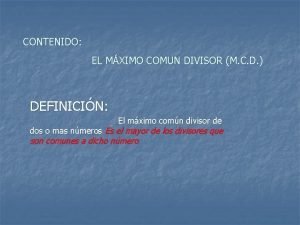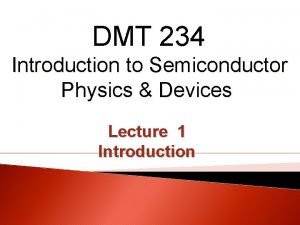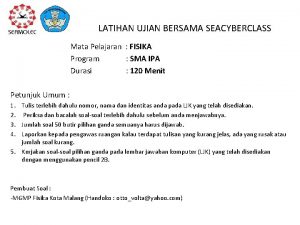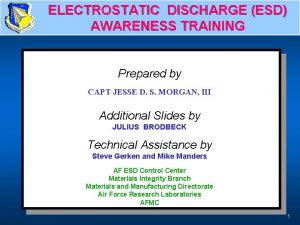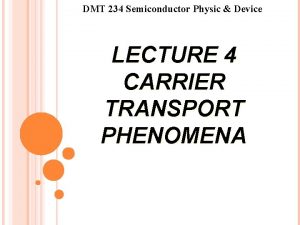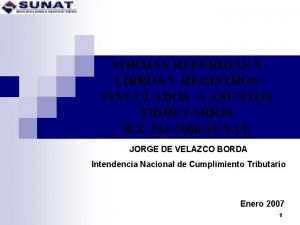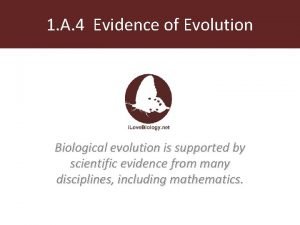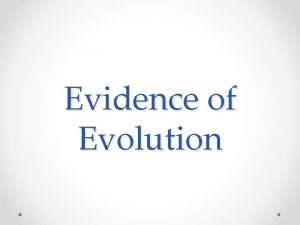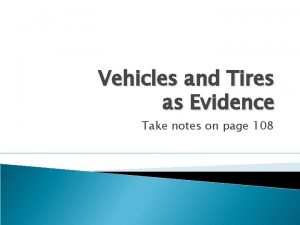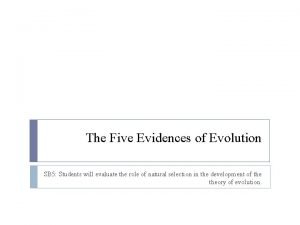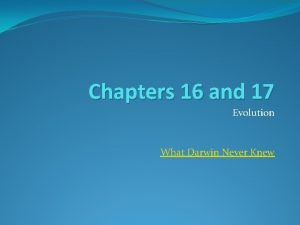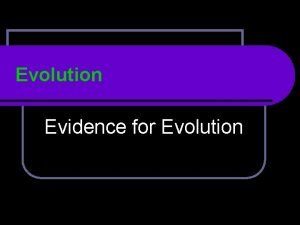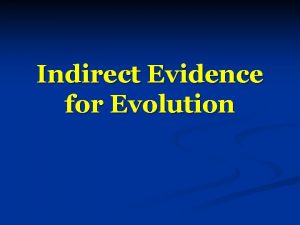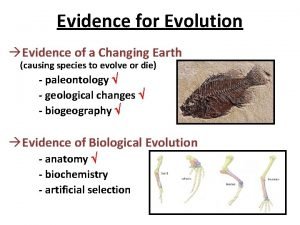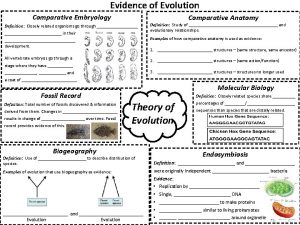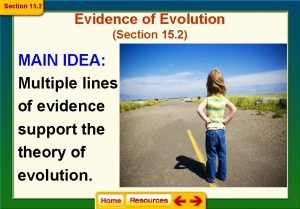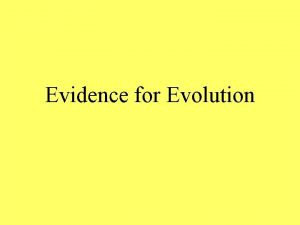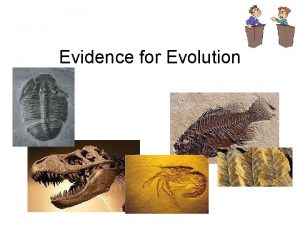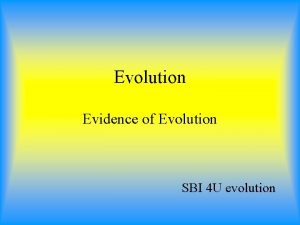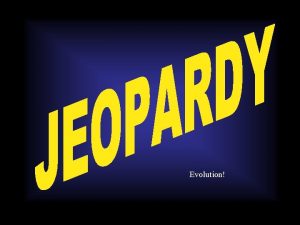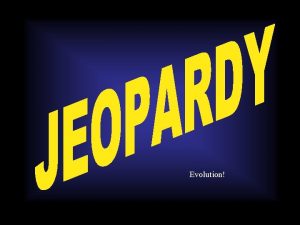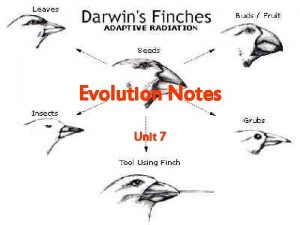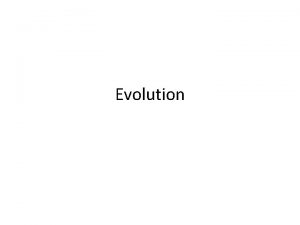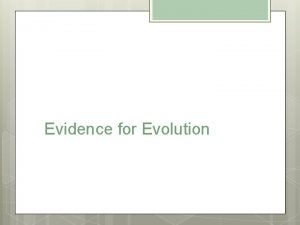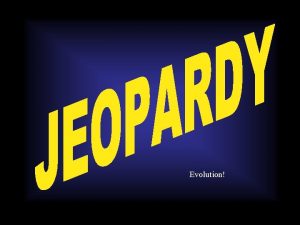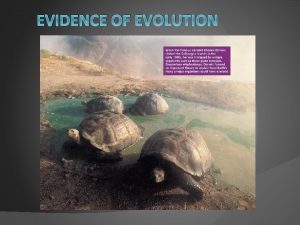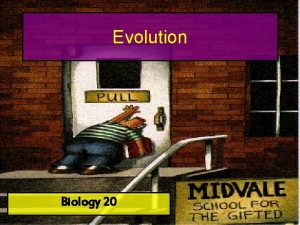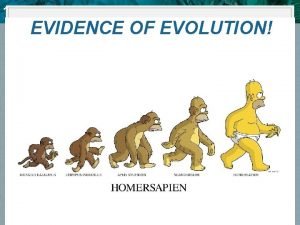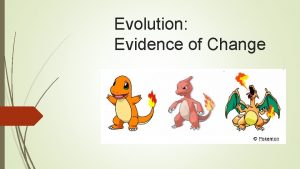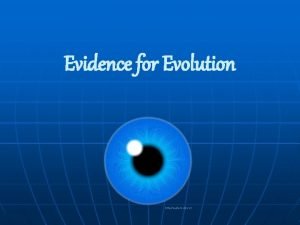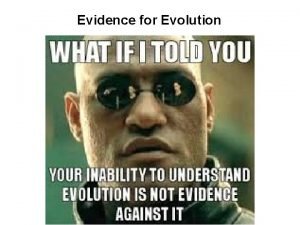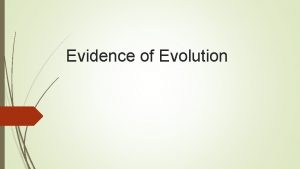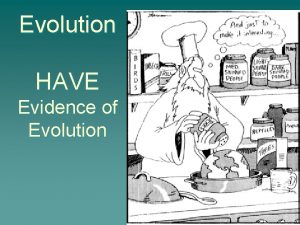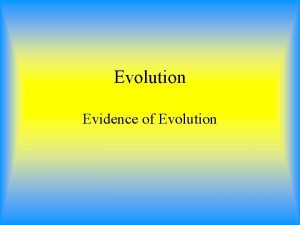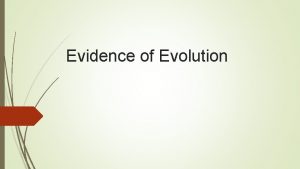Evidence of Evolution 234 240 1 What evidence






























- Slides: 30

Evidence of Evolution 234 -240




1. What evidence supports evolution? Page 234 1. 2. 3. 4. Similar body structures Patterns of early development Similarities in DNA Fossils

2. What is comparative anatomy? • The comparison of structures of different organisms • The more similar the anatomy, the more closely related the organisms are.





3. What are homologous structures? • Similar structures that related species have inherited from a common ancestor



4. What are vestigial structures? • Structures you have that you no longer use (useless) • Ex: appendix & wisdom teeth • Ex: whale hip bones

Whale hip bones

5. What is comparative development? • Comparing how different species develop before birth. • The more similar the development; the more closely related the organisms are

6. What is comparative DNA? • Comparing genes of different species to determine how closely related they are. • The more similar the DNA sequences; the more closely related the organisms are


7. What is a fossil? • The remains or imprints of once-living organisms found in layers of rock. • They provide clues to Earth’s past




8. What do we learn from fossils? • The fossil record provides evidence about the history of life and past environments on Earth. • Use fossils to study the rate at which evolution has occurred.




9. What is gradualism? • Idea that evolution occurs slowly but steadily

10. What is punctuated equilibria? • Idea that evolution occurs quickly and is followed by long periods of little to no change. • Explains gaps in fossil record.


 Place value of 234
Place value of 234 Article 234 ec
Article 234 ec Dmt 234
Dmt 234 Nasa evms
Nasa evms Preservative ins 234
Preservative ins 234 234 octal to binary
234 octal to binary Mcd definicion
Mcd definicion Physic
Physic 234 / 18
234 / 18 Data cleaning
Data cleaning Sebuah tangki terbuka diisi dengan air sampai setinggi 6 m
Sebuah tangki terbuka diisi dengan air sampai setinggi 6 m Pg 234
Pg 234 Esd awareness training
Esd awareness training 234 235
234 235 Liczba masowa pewnego izotopu pierwiastka e jest równa 234
Liczba masowa pewnego izotopu pierwiastka e jest równa 234 1234 × 567 - 234 × 567 = ..........
1234 × 567 - 234 × 567 = .......... Physic
Physic Introduction to semiconductor physics
Introduction to semiconductor physics Reflex arc animation
Reflex arc animation Rs 234-2006
Rs 234-2006 Scientific evidence
Scientific evidence Evidence of evolution stations
Evidence of evolution stations What are the 4 types of evidence?
What are the 4 types of evidence? Evidence for evolution doodle notes
Evidence for evolution doodle notes The five evidences of evolution
The five evidences of evolution Charles darwin
Charles darwin Developmental homologies
Developmental homologies Indirect evidence of evolution
Indirect evidence of evolution Evidence for evolution
Evidence for evolution Definition of comparative embryology
Definition of comparative embryology Evidence of evolution section 15-2 review
Evidence of evolution section 15-2 review

